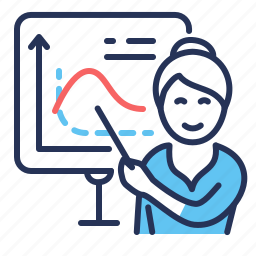Welcome to D195 and D502!#
Welcome! For the Data Analytics capstone project, you’ll first propose a research question OR organizational need for which your data analysis will provide a solution, and then you conduct the analysis and present your results. The problem, the solution, and the presentation as a final product are up to you! The capstone allows you to demonstrate the application of skills collected throughout the BSDMDA program.
The capstone includes three parts:
Task One: Get course instructor topic approval -a preliminary step to ensure you start in the right direction.
Task two: The Proposal -a detailed paper describing your research question or organizational need, the planned supporting analysis (e.g., statistical test(s) or model(s)), and the practical significance of your project. Different sections target general and technical audiences.
Task three: The Conclusion Report -an overview video and detailed paper presenting the concluded data analysis project from task two. Most of task three repeats task two.
Task 2
Start Here#
Watch the following video:
First, understand the project’s requirements. What they are -and what they aren’t. If you aren’t sure, contact your assigned course faculty. The keys to a passing project are:
A research question or organizational need.
A statistical test or model supporting the research question or organizational need (task 2: part C and task 3: part F).
The capstone can be very similar to a combination of tasks 1 and 2 from C749 Intro to Data Analysis & Practical Statistics; Quiz 5: Hypothesis testing shows examples of a two-sample z-test and regression, either of which can satisfy part 2 above. If it’s been a while, go back and review this course. Also, review the tasks 1, 2, & 3 examples. Though optional, we recommend conducting your data analysis before writing task 2 as you won’t have to anticipate results. Furthermore, completing task 3 and aligning it with task 2 will be easier.



